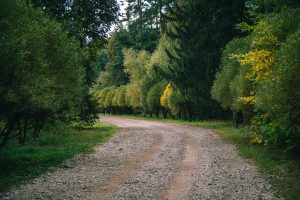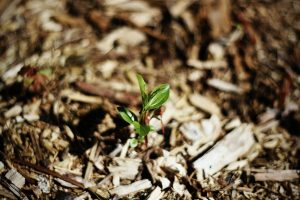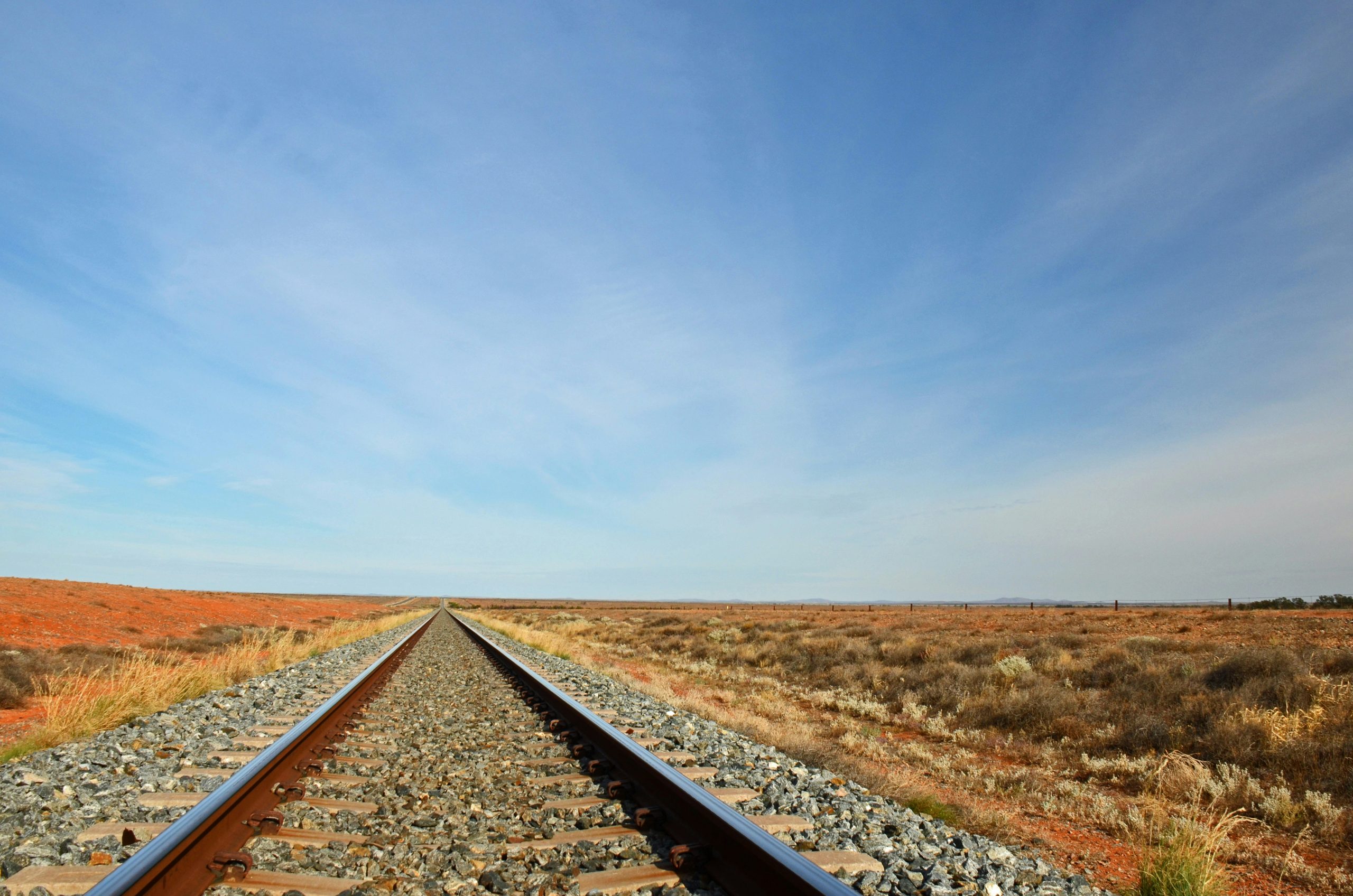Gravel has long been used in gardens, public footpaths, business premises, driveways, car parks and more for many years. Its appeal lies in the fact that it is not only a more cost-effective form of decoration for your garden but also its durability too. It can be applied to virtually any surface quickly, giving you a hard-wearing yet aesthetically pleasing feature for any property.
What Is Gravel?
Gravel is a loose aggregate made up of water-worn stones or rock fragments. Gravel is produced naturally in the earth and can be mass-produced from crushed stones. Typically, gravel can be made from rocks, stones, sandstone, limestone, quartz and granite to name a few different natural materials.
You can choose gravel all in one particular stone or colour or in various colours and materials to help you mix up your gravel. Plus, it can be made up of different-sized stones, as well.
At Gravel Deliveries, our gravel comes in sizes from 5 mm to 300mm, meaning you can find the perfect aggregate for your project to help you get the solution you need to meet your requirements.
Why Choose Gravel?
Gravel can be much more cost-effective than other paving options such as tarmac, turf, and even paving stones. It is also easier to install and maintain and can provide excellent drainage, making it ideal for gardens, construction sites, public car parks and more.
Gravel can add colour, cohesion and a contemporary edge to any landscaping design and is a great way to define specific spaces, create a focal point or form part of your
low-maintenance design.

Tips for Laying Gravel
While gravel landscaping is easy to do, there are still some rules to follow to get the best from your landscaping designs and ensure your gravel stands out for the right reasons.
- Firstly, talk to your supplier about the quantity you will need for your chosen design and get the correct type of aggregates. We can help you to find the right size and volume of gravel regardless of the size of your project. For driveways, paving or edging, 20mm crushed rock can provide you with excellent drainage and versatility. In contrast, 100-150mm gravel is more suited to commercial, civil and industrial sites as they are ideal for providing backfill for trenches, supporting walls and gabion baskets, and supporting all-weather roads on construction sites. Knowing what size will work well for your project can help you find the right gravel.
- From here, you need to mark and prepare the area so you know exactly where it is going. You should ensure you have a border for your gravel landscaping before you put it in place.
- Next, you must prepare the soil and ensure it is level and compact to avoid sinking or uneven ground.
- Remove any debris or weeds before you begin, and then you are ready to lay the groundsheet.
- Cut the ground sheet to size and secure it with landscaping pins or stakes.
- Install your edging so you have a defined space in which to lay the gravel.
- Start by adding a few inches at a time and then compacting it. Use a rake to even the gravel in the space and compress it until it feels stable. Keep repeating this process until you have laid all the gravel.
Now you know how to lay your gravel, let’s look at some ideas and uses for gravel landscaping.
Gravel Landscaping Ideas

Walkways/Driveways
Starting with one of the most popular options for gravel landscaping, driveways and walkways. Thanks to its hard-wearing properties, gravel is popular for driveways and pathways in and around your home or business.
If you are paving a specific section of your garden or using gravel alongside lawns, you will need edging to help it keep its shape and stop it from being moved around too much. But gravel makes excellent walkways and offers flexibility that other options don’t. You can apply it in different shapes, be it curved walkways or a combination of many pathways through your lawn for easy access without walking on the lawn.
For driveways and walkways, you need to ensure the gravel you choose isn’t too small to get stuck in shoes or tires and moved around your home or the roads around your property. It will also mean it keeps its depth and vitality longer if it is compacted well.
Water Features
Gravel can really add an extra dimension to any water features you might add to your landscaping. Crisp gravel can be a great contrast against smooth paving or modern, sleek designs in your landscaping. Add drought-proof plants in pockets in your gravel to add even more contrast and an added design element around your water feature. You can use it as a complete border or edge on some sides or integrated with paving to make a stepping stone effect to the edge of the water feature.
You can also use gravel in the water feature to cover the base and watch the appearance of the stones change colour under the water or use it at the bottom of a running water feature like a fountain so the water can trickle over the gravel landscaping and drain away easily.
Create A Mediterranean Vibe
If you want a more eco-friendly option for your garden or are concerned about keeping a lush lawn hydrated, then using gravel landscaping to create a med-inspired garden would be an excellent option. You don’t need to remove soil for a Mediterranean garden; you can lay the gravel on top of the soil and around your plants. Add plants that work well in drier conditions for maximum success; Mediterranean plants hate wet roots, so adding gravel can eliminate this issue, keep the winter wetness at bay and retain heat to support healthy growth.
Yucca, rosemary and verbena are good examples of plants that will thrive in a gravel landscape and allow you to create a low-maintenance, dry garden or outdoor space that needs very little intervention from you.
Mulch for Garden Beds
Despite the fact that gravel is ideal for dryer climates and plants, it can be suitable for traditional plants, too. You can use gravel in place of mulch, and drainage gravel can not only look good and make your plants pop, but it can provide extra drainage so that any water flows through instead of sitting at the roots while also protecting against evaporation at the same time.
Another added bonus of using gravel for mulch is that it can suppress weeds. Make sure you add only a thin layer of gravel when using it in this way to help you get maximum benefits in your garden.

Create Eye-Catching Designs
Want to make your landscaping stand out and be more interesting? Gravel is one of the easiest ways to help you create fun flooring designs within any landscaping theme, and unlike other options, it isn’t permanent, meaning if you don’t like it or make a mistake, you can change it.
Segment different sections of your pathway or garden and use different colours, sizes or textures of gravel to help you create fun patterns with this aggregate. You can lay it in circular patterns or geometric for a modern look or create your own kind of crazy paving. Whatever you choose.
Keep in mind that you will need to use edging materials to help you define each different part of your masterpiece because if the gravel isn’t contained, it will spread out and lose its effect really quickly. You can use timber, concrete or brick to help you finish the design and lock in the gravel so it stays exactly where it is supposed to.
Sustainable Landscaping
Sustainable landscaping is landscaping that requires minimal upkeep and resources to keep it looking good. And gravel is the perfect option for this. You can start by reducing how much lawn you have and replacing it with gravel to help you not only add another element but also cut down on your water usage and chemicals required to maintain the grounds.
This can be ideal for homes and businesses who need a clean, fresh design for the exterior of their property but don’t have the time or resources to keep on top of grass or plants. You can pair your gravel with other stonework to segment off parts of the space and create different areas or to contain the gravel, and from here, you can add in borders for low maintenance or artificial plants, or you can add in wooden structures such as arches for pathways leading onto the gravel space or to define the beginning of a different section and then enjoy it how you please.
Gravel Patio Sections
If you have or are designing a space within your garden for a dining or outdoor kitchen space, gravel can help you elevate the design.
You don’t need to use gravel in large spaces or quantities in or around your patio; just small sections can add an additional feature to your design. Good ideas for using gravel within a patio include laying gravel around oversized pavers to help create a walkway to the area without fully paving it. You can add gravel around a dining area to create definition around pavers or outdoor tiled flooring. It can be used as a decorative element around fire pits or ornaments on or within your paved area. This gives you the perfect way of making one specific feature stand out. The difference in design and texture that gravel can add to patios means you can create the ideal talking point and make different elements stand out a little bit more.
Gravel for Security
Gravel isn’t just perfect for pulling landscaping designs together. It can also help you to add an additional layer of security too. Suppose you are concerned about people coming to your home or business who shouldn’t be or have nefarious intentions. In that case, gravel can not only improve your landscaping but can add extra security, too.
Burglars hate gravel as it is noisy and removes their preferred method of sneaking into properties in silence from them. Having gravel in various parts of your property can take away the element of surprise and deter would-be thieves from entering. You can create gravel pathways, add gravel right up to the building and have it lining your driveway to help you identify any visitors.
To build on this, you can add in spotlights into the ground that come on after dark or are motion-triggered when someone walks past, lighting up the space. You can add lights to the side of the property next to the gravel that illuminate the building ensuring that everyone is seen after dark.
For Erosion Control
If you have a problem with soil erosion from water runoff, gravel can help you protect the ground and reduce erosion. Gravel helps to drain water away and avoid it causing more damage. In sloping parts of the land, angular gravel can be instrumental in catching any bits of soil that might be washed away in rainfall and help it stay where it needs to be.
While it is not an effective erosion control barrier on its own, it can be applied as part of your landscaping in conjunction with other methods to help you reduce erosion and support your landscaping at the same time.
At Gravel Deliveries, we are experts in all types of gravel and carry a wide range of different options for your gravel landscaping needs. Whether you need to add drainage options to your land, build walls, pathways, and driveways or add stone-based structures to your home or commercial property, we can help you get premium high-grade gravel to meet your needs. Our tipper trucks and experienced drivers are on hand to deliver your materials directly to your site in the South Queensland area so you can get started on your project without any delay. For more information on gravel landscaping, get in touch to see how we can help you.
We supply & deliver quarry and landscaping materials to a host of leading brands including







